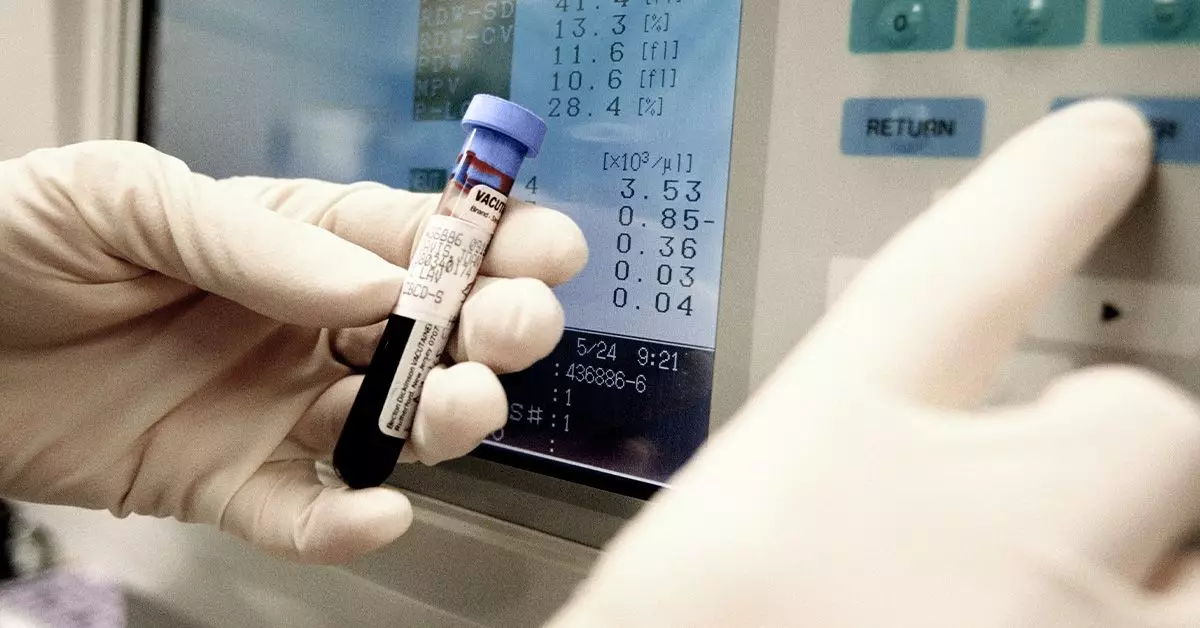Chronic myelomonocytic leukemia (CMML) is an infrequent yet complex form of blood cancer that presents unique challenges in diagnosis and treatment. As an intermediate between chronic and acute leukemias, CMML embodies characteristics that make it particularly troublesome for both patients and healthcare providers. Unlike its acute counterparts, which manifest rapidly and aggressively, CMML develops more gradually, which can lead to significant variations in patient experiences and management approaches.
What is CMML?
CMML primarily affects older adults, typically those around 60 years and older. It is classified among chronic leukemias but can unceremoniously transition into more acute forms, namely acute myeloid leukemia (AML). One of the hallmarks of CMML is the disruption of normal blood cell production caused by mutations at the DNA level. These mutations lead to an overproduction of immature white blood cells, termed blasts, which fail to mature and do not function properly in the immune system. The accumulation of these dysfunctional cells can compromise the body’s ability to generate healthy blood components, leading to a myriad of health complications.
Moreover, CMML can lead to a paradox of extreme blood cell counts—some patients may exhibit elevated levels of white blood cells while others may show deficiencies in certain blood types. This variability complicates the clinical picture, making it essential for medical professionals to perform thorough and detailed analyses to understand how CMML impacts individuals.
The classification of CMML can be a nuanced affair. Key subtypes include myelodysplastic CMML (MD-CMML) and myeloproliferative CMML (MP-CMML), where the differentiation hinges on the underlying mechanisms of the disease. MD-CMML typically involves faulty production of blood cells, while MP-CMML is characterized by a significant increase in the overall white blood cell count—defined as being 13,000 per microliter or higher.
This distinction is crucial as it impacts treatment options and prognosis. Furthermore, the classification based on the percentage of blasts in the bone marrow can directly inform the severity of the illness. More blast cells correlate with poorer outcomes and higher risks of disease progression.
The Uncertain Etiology of CMML
The precise etiology of CMML remains largely elusive. However, a combination of genetic predispositions and environmental factors seems to contribute to its onset. While advanced age and male gender are notable risk factors, previous chemotherapy treatment also appears to elevate an individual’s chances of developing CMML. Additionally, CMML can have origins in genetic changes that are not inherited but acquired postnatally, a stark contrast to juvenile myelomonocytic leukemia (JMML), which primarily affects children and has different risk factors.
Both forms of leukemia exhibit pronounced differences in demographics and disease progression—JMML typically arises in early childhood and is observed to occur in males more frequently than females. This age-related distinction highlights that leukemia is not merely a disease confined to adults and emphasizes the need for tailored approaches in treatment for different age groups.
Determining prognosis in CMML can be problematic due to the myriad of factors that influence its course. Lower blood cell counts and other health factors can lead some patients to live with CMML without immediate treatment, while others face a grim reality. Statistics suggest that 15% of CMML cases may evolve into more severe forms within a 3 to 5-year frame. Those considered to be in a high-risk category may expect an average survival of approximately 16 months post-diagnosis, contrasting with the possible 8-year longevity in low-risk patients.
Therapeutic options remain limited, as there is currently no definitive cure for CMML. Treatment typically involves a combination of medication, chemotherapy, and, in some cases, stem cell transplants. Yet, the efficacy of these treatments varies considerably among patients, underscoring the necessity for ongoing research and personalized treatment strategies.
Chronic myelomonocytic leukemia is a multifaceted condition that poses distinct challenges to both patients and healthcare professionals. With its gradual progression, variable prognosis, and complex treatment landscape, understanding CMML is crucial in optimizing patient care. Ongoing research is essential in unraveling the enigmas surrounding its causes, classifications, and treatment modalities, ultimately seeking to improve outcomes for those affected by this rare blood cancer. As the field evolves, it is imperative that patients maintain a dialogue with their healthcare providers to navigate the uncertainties that accompany CMML.

